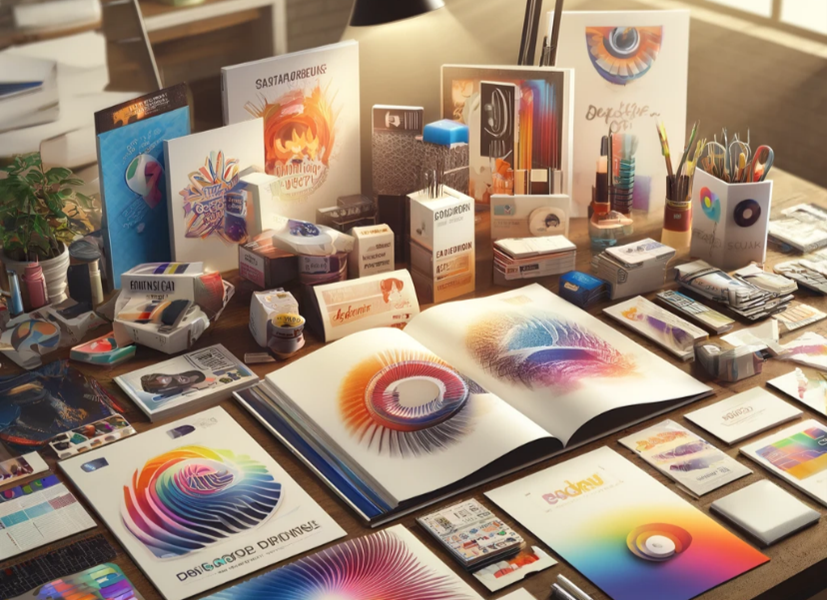
Choosing the right printing method is vital for improving efficiency, lowering costs and guaranteeing the quality of your printed items. Whether you run a small startup or a large corporation, the wide range of printing technologies available today provides a solution for every business need. This guide will help you understand the various printing technologies and determine the best one for your specific requirements.
Understanding Your Needs
Before exploring different printing technologies, it’s wise to assess your business needs. Consider the following factors:
- Volume: How much printing do you need on a regular basis?
- Speed: How quickly do you need your printing tasks completed?
- Quality: What level of image and text quality is necessary for your prints?
- Material: What types of materials will you be printing on?
- Cost: What is your budget for printing solutions?
Types of Printing Technologies
- Inkjet Printing
- Suitable for: Small to medium-sized businesses that require high-quality, colourful prints.
- Advantages: Produces vibrant colours and high-resolution images; capable of printing on a variety of media types; generally lower initial equipment cost.
- Considerations: Ink costs can be high; slower print speed compared to laser printers.
2. Laser Printing
- Suitable for: Businesses that need to print large volumes quickly.
- Advantages: Faster than inkjet printers; more cost-effective for high-volume printing; produces sharp text and decent graphics.
- Considerations: Higher initial cost; less effective on glossy or non-standard media.
3. Digital Printing
- Suitable for: Medium to large businesses looking for flexibility in print jobs, including variable data printing.
- Advantages: Offers quick setup times; ideal for short to medium print runs; can handle complex variable data printing like personalized letters or invoices.
- Considerations: Per-page cost can be higher than traditional offset printing for large runs.
4. Offset Printing
- Suitable for: Large businesses and publishers who require high volumes and seek cost efficiency at scale.
- Advantages: High image quality; cost-effective for large runs; works on a variety of paper types and surfaces.
- Considerations: High initial setup costs; not cost-effective for small runs.
5. Flexography
- Suitable for: Businesses needing to print on uneven surfaces, like corrugated boxes, plastics and metallic films.
- Advantages: Versatile for printing on a range of materials; good for continuous patterns; durable for high-volume runs.
- Considerations: Initial setup can be complex and costly.
6. 3D Printing
- Suitable for: Industries in manufacturing, healthcare and design requiring three-dimensional object creation.
- Advantages: Allows for complex, custom designs; reduces waste by using exact material quantities needed.
- Considerations: Requires significant investment in equipment and training.
Selecting the Ideal Printing Solution
To choose the most suitable printing technology for your business:
- Match Your Requirements to the Technology: Evaluate the strengths of each printing option and align them with the factors identified in your needs assessment.
- Consider Future Growth: Select a technology that not only meets your current needs but can also scale as your business expands.
- Budget for the Total Cost of Ownership: Factor in the initial purchase price, ongoing maintenance, supplies and any necessary training when creating your budget.
Choosing the right printing method can improve your business’s efficiency and product quality. TechNova offers expert guidance and personalized solutions to meet your company’s specific needs.
Contact us today at 1800 267 74 74 (Toll-free India) to learn more about how our printing solutions can be customized to fit your business needs.

